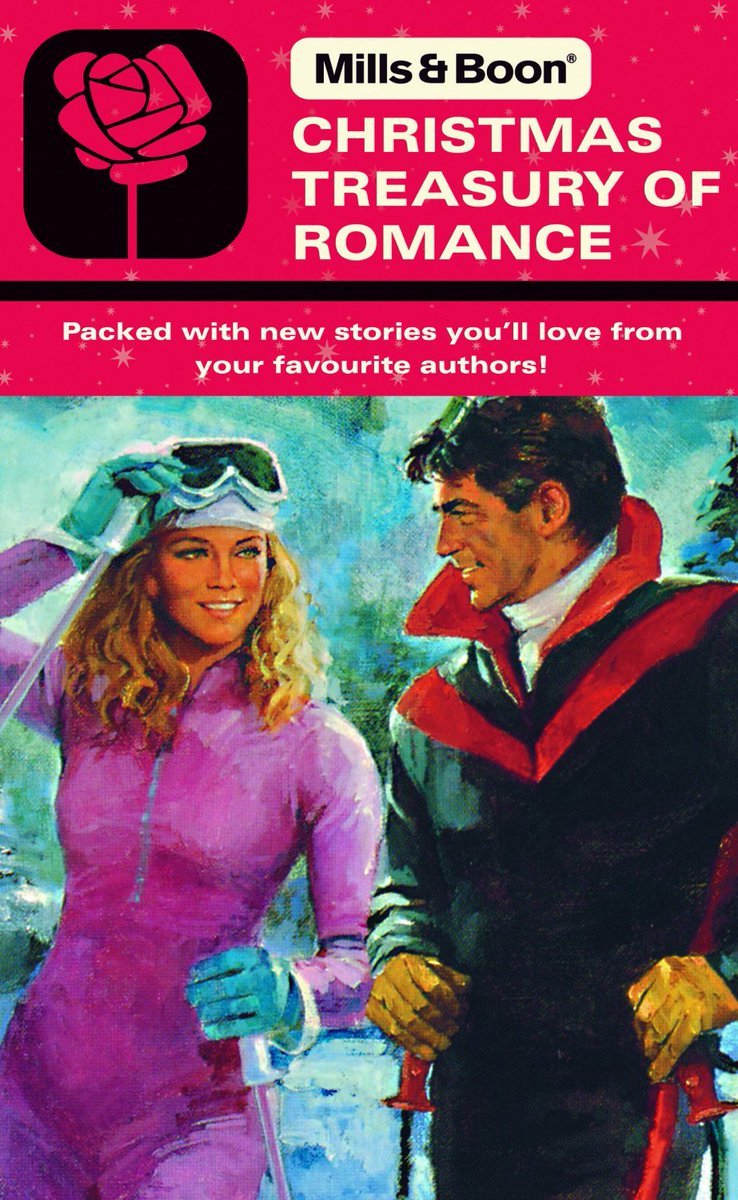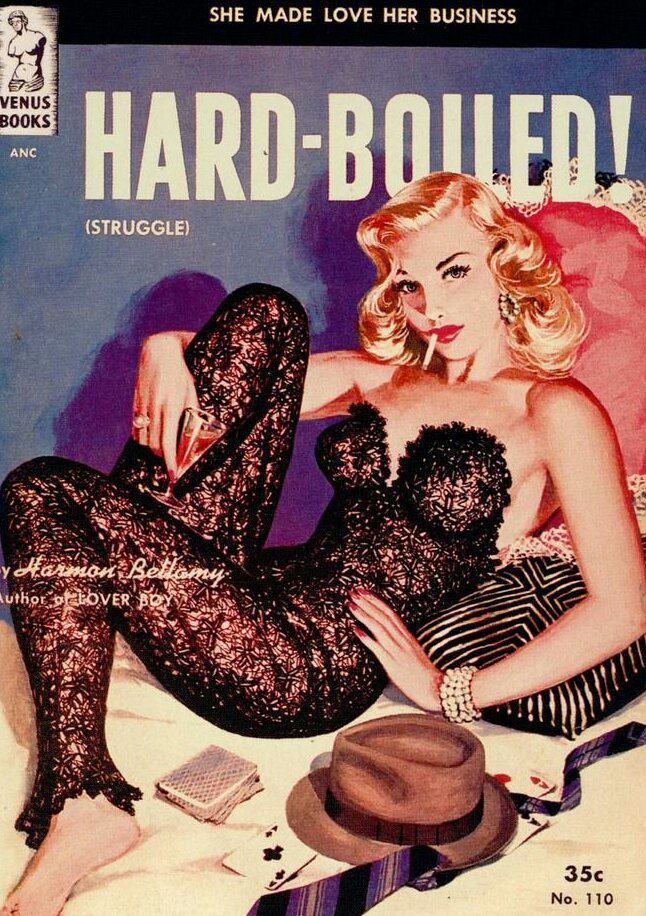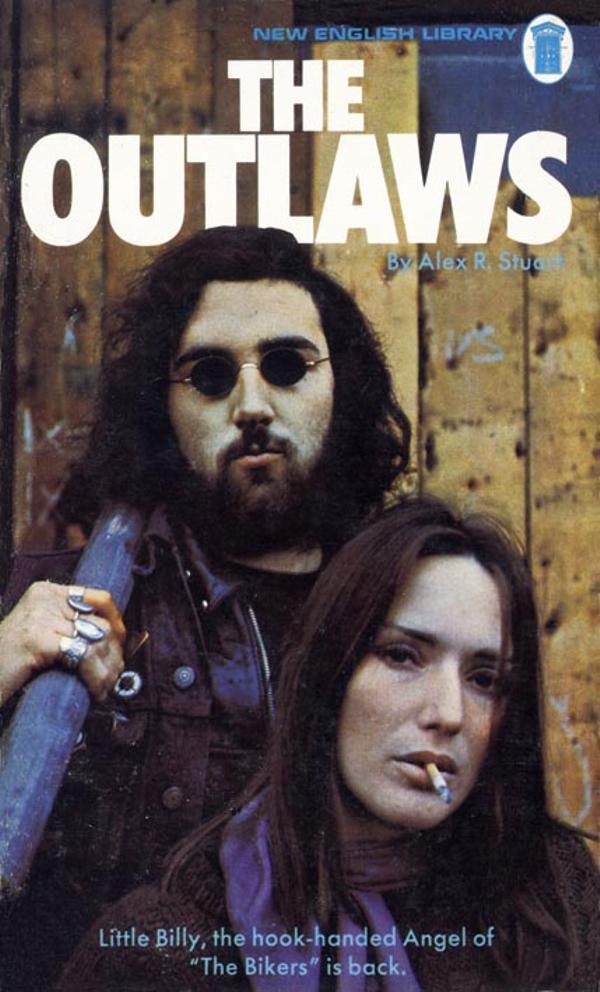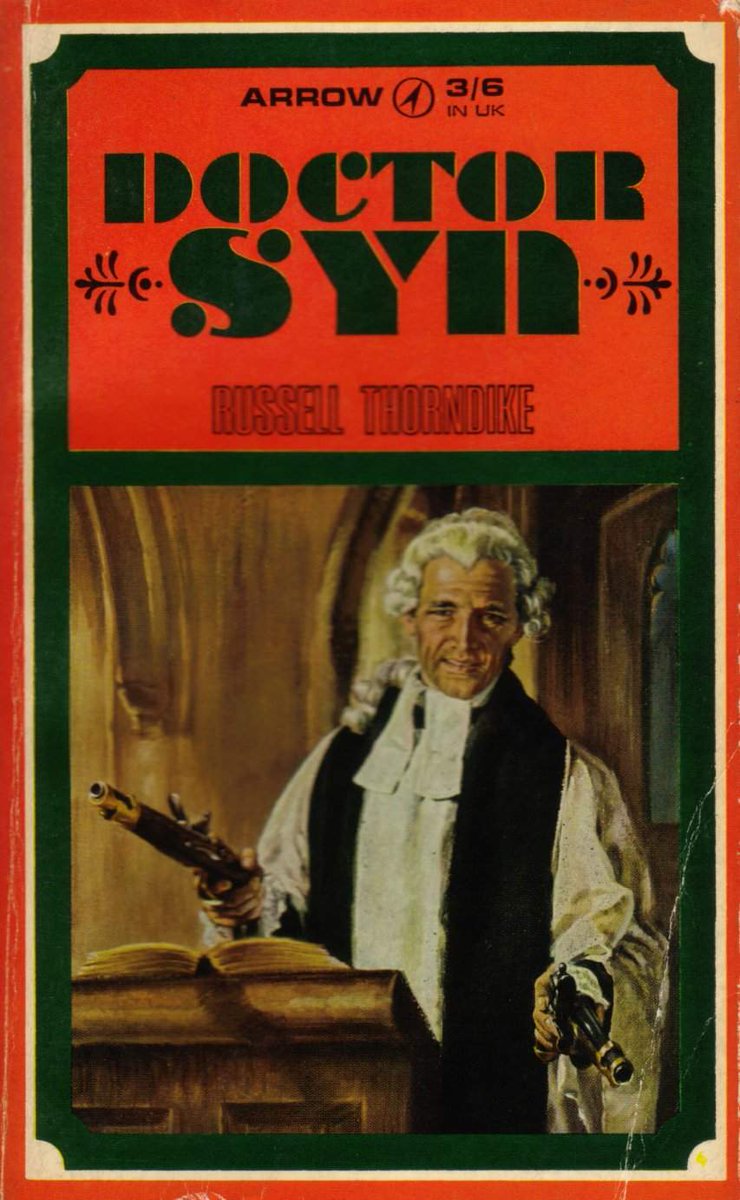Now did I ever tell you why I started this account, some 7 or so years ago?
Well it's not for the reasons you might think...
Well it's not for the reasons you might think...

In 2013 the company I worked for decided all us old folk needed to 'get with it' and learn about social media.
We were sent on a course in London's 'Silicone Roundabout*' where various webheads and marketeers told us what was what.
(*don't ask!)
We were sent on a course in London's 'Silicone Roundabout*' where various webheads and marketeers told us what was what.
(*don't ask!)

There were a lot of fixed ideas about what social media was and wasn't, what worked and what didn't. It was part technobabble and part sales talk.
As a veteran of the '90s web I started to smell a bit of 'new paradigm' BS in the air.
As a veteran of the '90s web I started to smell a bit of 'new paradigm' BS in the air.

But my boss wanted Twitter content, preferably with lots of analytics so he could impress his boss. And I was supposed to make it.
Actually a team of us were suposed to make it because content made by committee is the best form of content.
Reader, it was terrible.
Actually a team of us were suposed to make it because content made by committee is the best form of content.
Reader, it was terrible.

So rather than read all the social media marketing guff I had signed up to, or worse go on another course, I decided to try and find out for myself what actually worked - and didn't work - on Twitter if you had no budget, no designers, and no Hootsuite.
I set up an account.
I set up an account.

The aim was simple: starting from zero how long would it take to get to 3,000 followers and what tactics would work best to do this. I could then fold the account and get on with my job.
How little I could gave known...
How little I could gave known...

I began with some ground rules:
- no getting people I knew to follow me: I wanted to attract new people who bumped into me online
- no selling anything: I wasn't trying to sucker folk in to turn a coin
- no personal details: the content, not the account owner, should do the work
- no getting people I knew to follow me: I wanted to attract new people who bumped into me online
- no selling anything: I wasn't trying to sucker folk in to turn a coin
- no personal details: the content, not the account owner, should do the work

So seven years later what have I learnt? What are the mysterious secrets of Twitter?
Well I have a few broad lessons to share - and do feel free to disagree! - but from my point of view here's what seems to work...
Well I have a few broad lessons to share - and do feel free to disagree! - but from my point of view here's what seems to work...

Firstly I was very lucky to pick a good handle. Not only is is short and memorable but it signifies an intent - and that turns out to be very important to Twitter browsers! 

It seems to be that people like people on Twitter who have a clear USP: folk who have an obvious reason for being here and tweeting stuff. People who are predictable.
After all, why are you here?
After all, why are you here?

Well many people are here because it's fun to share. Their accounts are a personal stream of consciousness, and there is something fascinating about watching the planet's unconscious mind flit across your screen as you scroll down your feed. 

But those with large follower numbers seem to have something else. They have a schtick. It may be a passion they share, a product they plug, a viewpoint they hammer home.
It may just be a gift for being provocative - many blue ticks have built their career on that!
It may just be a gift for being provocative - many blue ticks have built their career on that!

Consistent, reliable content on a theme - rather than random tweets - seems to be a key ingredient in audience building. And that's where I landed on my feet: by accident and not design I had a schtick - old book covers.
With a name like Pulp Librarian what else could I tweet?
With a name like Pulp Librarian what else could I tweet?

That leada me to point #2. All the marketeers told me it was the content, rather than the channel, that mattered. Twitter was just a postbox, part of a marketing mix to get well honed content in front of as many eyeballs as possible. Content was king!
Turns out that's bullsh*t.
Turns out that's bullsh*t.

I can look at Twitter metrics for tweets that reached half a million eyeballs, with 3k+ retweets and pickup across many other channels. Do you know how many followers that gains you?
Two. Maybe three on a good day.
Two. Maybe three on a good day.

And that's because of insight #3: people don't share content because it's good. They share it because IT MAKES THEM LOOK GOOD!
Nobody cares where it came from, what matters is that it makes other people notice them when they share it.
Nobody cares where it came from, what matters is that it makes other people notice them when they share it.

Content on it's own is a currency, and it's value lies in the last person who shares it. If that's you, well congratulations - you spotted it so you earn the reward. That's how it works.
If you want props for putting it out there you need something else.
If you want props for putting it out there you need something else.

Consistency! You need to become the bank that pumps out the content currency for others to spend.
Regular, persistant themed content is the key to growing an audience. And I can look back at my own Twitter stream on some days and see it happening in real time.
Regular, persistant themed content is the key to growing an audience. And I can look back at my own Twitter stream on some days and see it happening in real time.

Someone will like a piece of content. Then after a few minutes they'll like some earlier content. Then some even earlier content. They're scrolling back through my account and asking 'does this guy give me useful stuff?' If the answer is yes I normally get a follow for a while. 

And visual content works best, unless you're blessed with the gift of verbal wit or biting invective. Pictures work. They tell a story in themselves that can be understood in a second. Again, I fell on my feet by tweeting book covers. Very skilled people created them. 

Which brings me to the next point: the morality of tweeting other people's content. None of this stuff is mine, so where do I get off posting the hard work of others just to get a few likes? Is that fair? 

Well there are fair use rules about other people's content. If it's for the purpose of review or education, and credit is given, then it is allowable. Can I do a that in 280 characters?
I do try.
I do try.

Authors and artists get the credit where I can, and I try to tell a story about the work I feature. Though not in this thread, as you've noticed, due to space.
The use of commercial content by amateur accounts will always be a bone of contention online.
The use of commercial content by amateur accounts will always be a bone of contention online.

But the main reason I keep.doing it is this: everything is ephemeral. Large chunks of the old web have gone. At some point social media will go too.
Everything you put online lives on rented property. Some day they'll shut it down and it will all be lost.
Everything you put online lives on rented property. Some day they'll shut it down and it will all be lost.

So what I'm really trying to do is decant some of the old web - Internet 1.0 - onto Twitter, with the stories, the background and the information before it all goes.
Nobody surfs the web any more: chunks of it are now ghost towns. IoT will eventually kill off most of the rest.
Nobody surfs the web any more: chunks of it are now ghost towns. IoT will eventually kill off most of the rest.

Twitter too is struggling: it's an older person's media, and in some ways that's good. But it's not where the money is. And money decides what lives and dies on the WWW. We are increasingly hitching a ride on someone else's business model. 

And yes, Twitter can be an awful place on many a day. Outrage drives engagement; engagement drives traffic; advertisers pay for data from high traffic platforms to sell stuff to you. It's not a great business model. 

But it's what we have, and before they replace it with holograms and blipverts there's time and space for us to carve out temporary niches for our various passions: however odd they may be. 

And that's why I'm still here. I found a passion. I don't have anything to sell, I have no idea what I'm doing, I don't schedule anything or jump on hashtags. Most mornings I wake with a half-formed idea, do the research and knock up a thread. It's fun. 

That, in the end, is what I learnt about what works on Twitter. Are you having fun doing stuff? If you are, people will follow you - for a while. If it's just a job, then maybe not.
That's why I left my job in social media seven years ago.
Happy Intertube everybody!
That's why I left my job in social media seven years ago.
Happy Intertube everybody!

(Oh, and never worry about spelling, punctuation or grammar in your tweets. There's no edit button on Twitter so its not you're fault if the spellinz go awry...) 
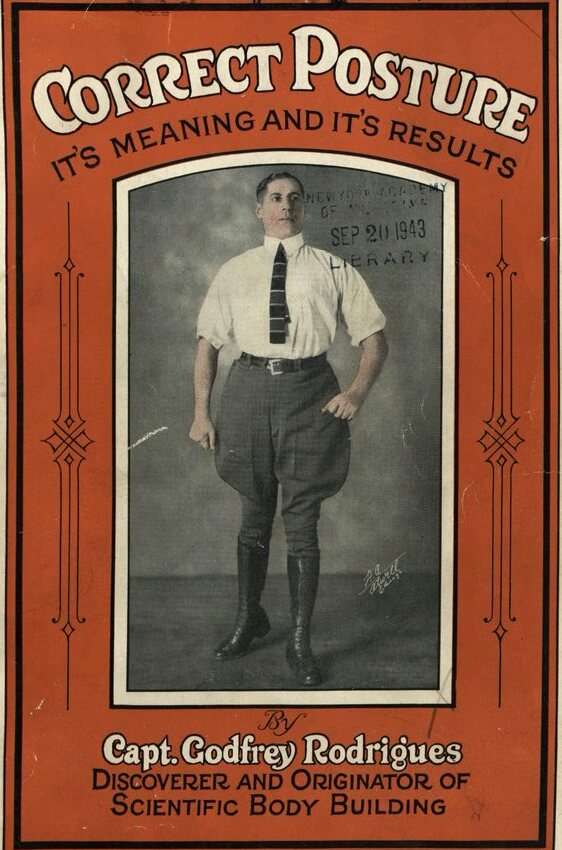
• • •
Missing some Tweet in this thread? You can try to
force a refresh



